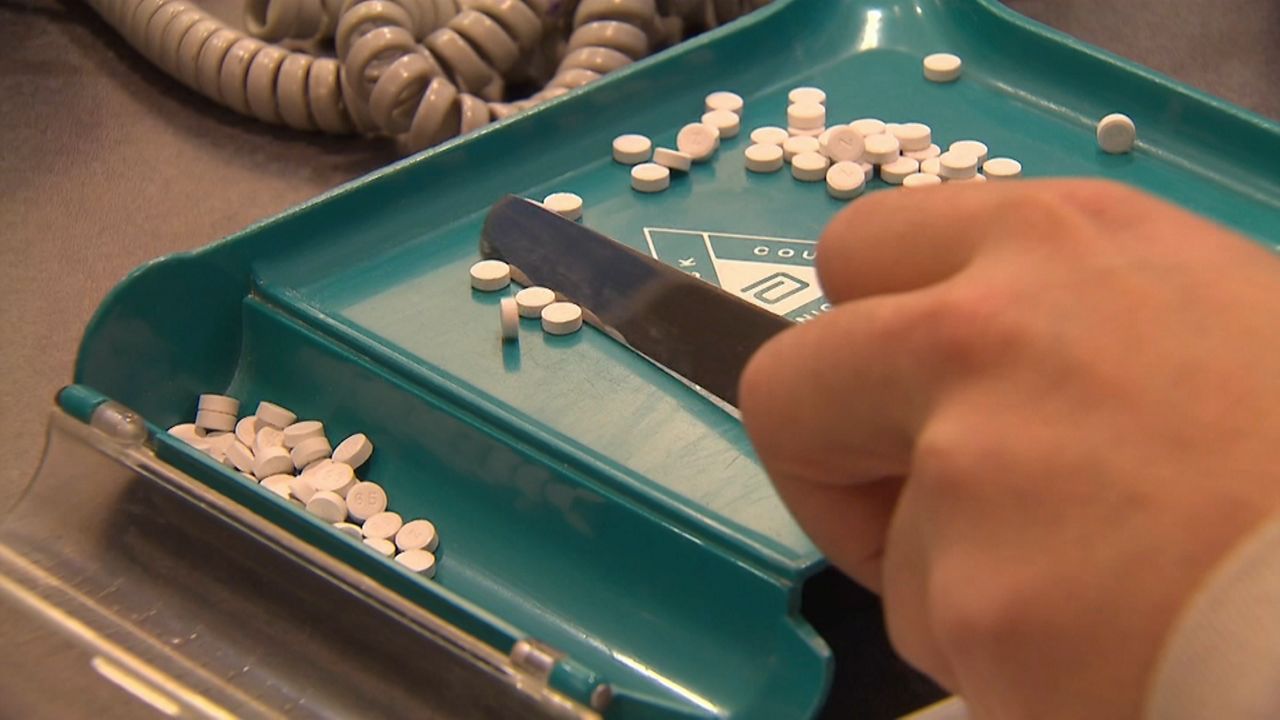It's the deadliest drug in America, shipped here from Mexico and China: Fentanyl, a synthetic opioid, 30 to 50 times more potent than heroin.
Ray Donovan is the special agent in charge of the Drug Enforcement Administration's New York Field Office.
"Two milligrams is considered potentially lethal," Donovan says.
This year, his office seized a record 540 million one milligram dosage units, enough to kill the entire city.
Roughly $500 million worth of drugs stopped from hitting city streets.
"Which essentially means thousands and thousands of lives have been saved," Donovan says.
With tourists expected to flood the city for New Year’s Eve, the DEA fears many unsuspecting people may be at risk of coming in contact with the deadly drug.
"You have a lot of out of town people coming here to celebrate,” Donovan says. “It's an opportunity for a drug trafficker or a distributor to pass drugs along to these potential users. And they might think they're getting one particular drug, but in fact they're getting fentanyl."
Between 2013 and 2016, overdose deaths involving fentanyl increased about 113 percent per year, according to the CDC.
New York is a hub for fentanyl sales cross the northeast.
"We often see large shipments of heroin and fentanyl coming into the city and getting dispersed throughout the northeast as far up as Maine as far down as DC and West Virginia," Donovan says.
There have been several high profile deaths associated with the synthetic opioid—originally created to treat end-stage terminal cancer patients.
In 2016, Prince died after ingesting a fatal amount of fentanyl.
Recently, the toxic mixture of cocaine and fentanyl led to the death of popular rapper Mac Miller.
Most drug users think they are buying pure cocaine or pure heroin, but it couldn't be farther from the truth.
So why would drug dealers, whose number one goal is to make money want to sell a deadly cocktail that could kill their clients?
"It's about market competition,” Donovan says. “To make their narcotics stronger and to make is so that the user wants to come back. They get hooked faster."
And it shows: the most recent stats released by the state put opioid-related deaths up 60 percent from 2015 to 2017.
Nationally, nearly 60 percent of all overdoses were opioid-related.








